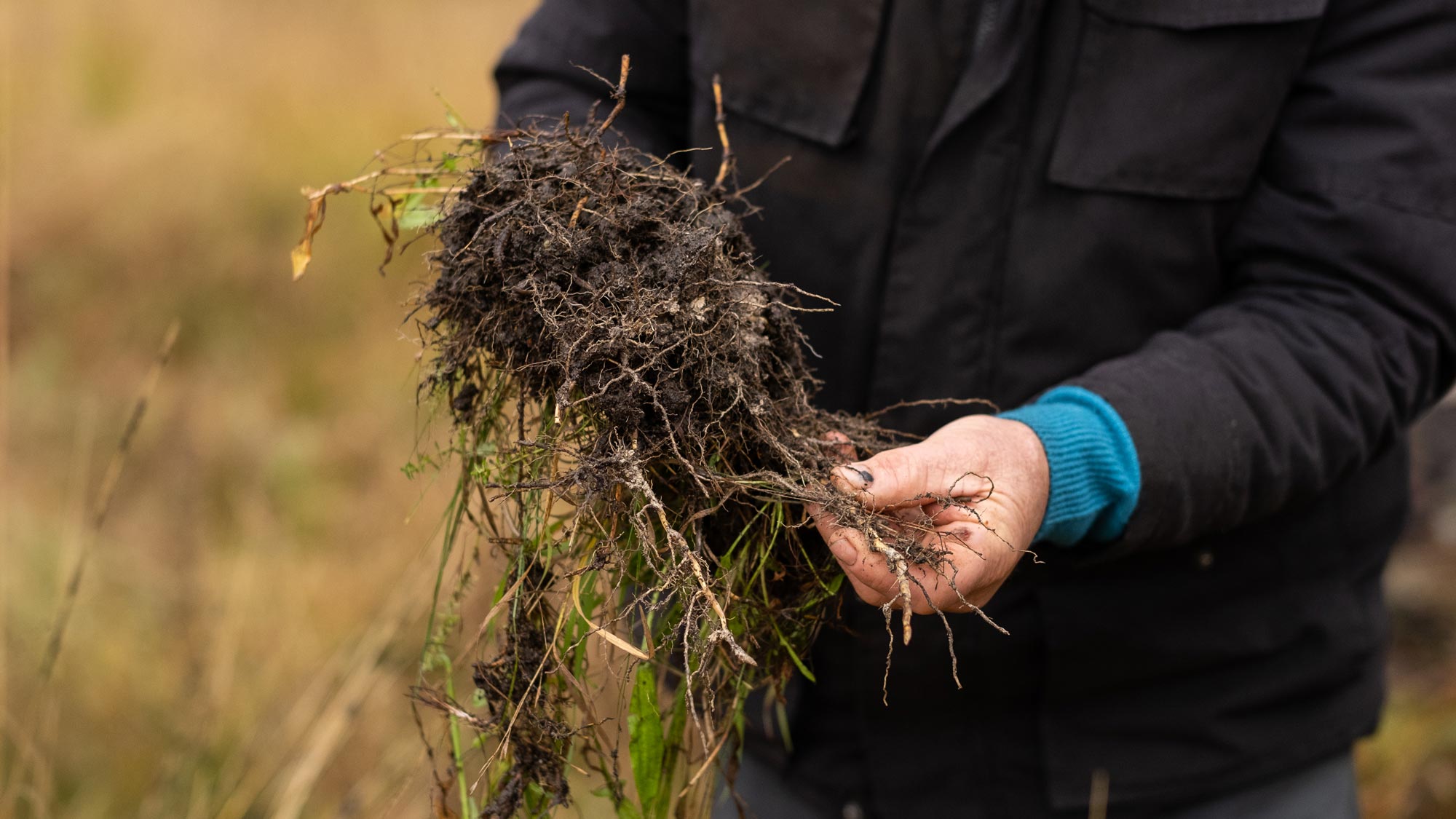Tool 7.3 Interpreting soil tests
The levels described in the following tables apply to tests performed by accredited laboratories using procedures defined by the Australian Soil and Plant Analysis Council (ASPAC) proficiency testing program. Producers are advised to use only ASPAC accredited soil testing laboratories. Check the accreditation status of your regular soil testing providers on the website www.aspac-australasia.com/certified-labs
Chapter 6.3 in MMFS Module 6 Healthy Soils covers taking a soil test, interpreting the results, and identifying soil health problems.
Tool 6.7 in MMFS Module 6 Healthy Soils lists key benchmarks for problem soils and signposts a number of resources to help you manage acid, saline, sodic and compacted soils and non-wetting sands.
Extractable phosphorus (P)
Most soils in Australia are responsive to applications of phosphorus (P) fertiliser.
The following tables show the responsive levels for commonly used P tests for pastures that have been improved by the introduction of exotic legumes and perennial grasses.
P is a relatively immobile nutrient once it has entered the soil, usually remaining within a few centimetres of where it was applied. Losses of P by fixation and leaching depend on soil type and rainfall and are generally greater as rainfall increases. Well-fertilised pastures are generally protected from P loss associated with soil erosion as they retain high levels of groundcover throughout the year as P is attached to the soil particles.
High levels of P application can make it difficult to retain some native perennial grasses. As P levels increase, legumes and annual grasses may replace native grass species. Grazing management, involving pasture rest at critical times, can lessen the rate of loss. The potential reduction in native grass content and the likely change in profitability through the application of P fertiliser need to be considered. The relative responsive of native grasses to fertiliser depends on the species present. Sheep producers wishing to optimise pasture productivity while retaining native grass species should seek advice from agronomists to establish grazing management strategies and minimum and maximum P limits for their region and soils. High fertility-response natives (e.g., Microlaena, Danthonia) persisted at moderate fertility levels of up to an Olsen P of 7-8 and maintenance levels of 8 kg/ha/year at the Hamilton long-term phosphate trial.
Using Olsen P and Bray P extraction methods (based on 0–10 cm sample)
| Olsen P (mg /kg) | Bray P (mg /kg) | |
| Responsive | <12 | <12 |
| Marginal response | 12–15 | 12–15 |
| Generally non-responsive | >15 | >15 |
Source: Peverill et al (1999), adapted by AWI and MLA
Note: soil type (texture) has no impact on levels when using Olsen or Bray test procedures, however Bray is not accurate on calcareous soils which contain small amounts of lime.
Using Critical Colwell P extraction method (based on 0–10 cm sample)
| Phosphorus status at 95% of maximum production | ||||
| Low | Medium | High | ||
| Category | Phosphate Buffering Index |
Critical Colwell P soil test (mg/kg) | ||
| Extremely low | >10–15 | <15 | 15–20 | >20 |
| Very, very low | >15–35 | <20 | 20–25 | >25 |
| Very low | >35–70 | <25 | 25–29 | >29 |
| Low | >70–140 | <29 | 29–34 | >34 |
| Moderate | >140–280 | <34 | 34–40 | >40 |
| High | >280–840 | >40 | 40–55 | >55 |
Source: Peverill et al (1999), adapted by AWI and MLA
Note: the interpretation of Colwell soil test values is dependent on soil type, or more specifically the Phosphate Buffering Index (PBI) of the soil. Seek further advice before applying phosphorus fertilisers to light sandy soils with a PBI below 10 (such as those in Western Australia).
The PBI typically increases with soil texture as it moves from sands through to heavy clays. Some laboratories now routinely supply a PBI with analysis reports. The PBI affects the rate at which the soil test value changes with the addition of phosphorus fertiliser.
For more information check out the AWI and AgVic fact sheet Fertility targets suited to pasture and landscape.
Extractable sulphur (S)
Sulphur is essential for nitrogen fixation by legumes. It is most accurately measured by the Blair potassium chloride (KCl 40) test and is reported as mg/kg. This test takes into account some of the sulphur that will become available during the growing season from the breakdown of organic forms of sulphur. Sulphur is considered adequate when the levels are > 8 mg/kg using the Blair test.
Soil sulphur benchmarks using the KCl 40 method for measuring soil sulphur levels are:
- Responsive – less than 6 mg/kg
- Marginal response – between 6–8 mg/kg
- Non-responsive – above 8 mg/kg
Extractable potassium (K)
Potassium is needed for a wide range of important processes within the plant including:
- cell wall development
- flowering
- seed set.
Available potassium is measured by the Colwell K or Exchangeable K soil tests. The appropriate target for available potassium depends on soil type because the holding and supply capacity of potassium in soils can differ.
When potassium levels are high, potassium inputs can be reduced from the fertiliser regime until levels fall.
| Colwell K (mg/kg) | Exchangeable K (meq/100g) | |||||
| Soil texture | light | medium | heavy | light | medium | heavy |
| Responsive | <100 | <140 | <180 | <0.25 | <0.35 | <0.45 |
| Marginal response | 100–150 | 140–220 | 180–300 | 0.25–0.4 | 0.35–0.55 | 0.45–0.75 |
| Non-responsive | >150 | >220 | >300 | >0.4 | >0.55 | >0.75 |
Understanding soil pH
To better understand the relationships between soil pH, pasture growth and availability of soil nutrients, read the Pastures and acid soils brochure from NSW DPI.






